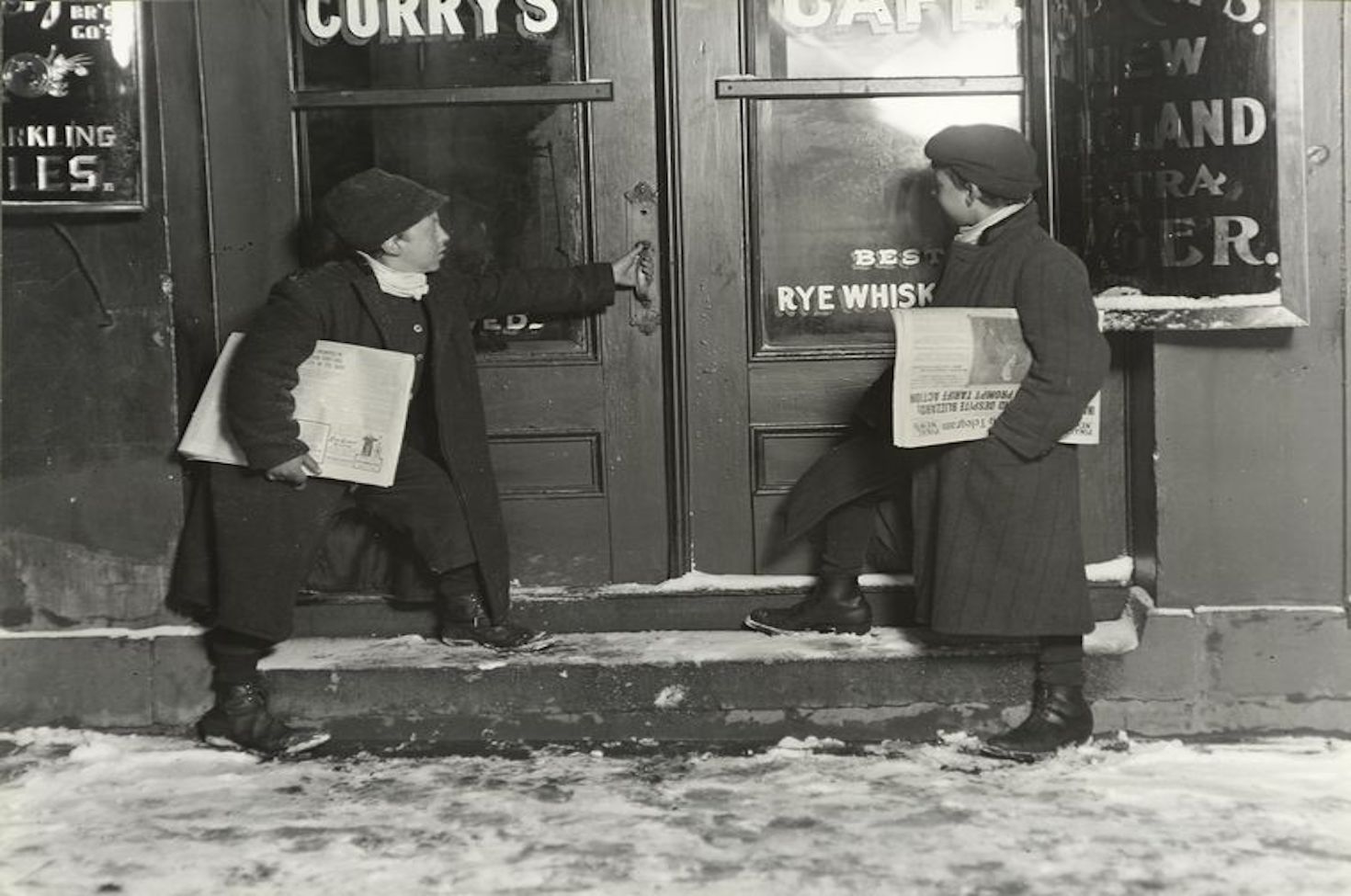
A Common Case of Team Work, 1909. Photograph by Lewis Wickes Hine. The New York Public Library, The Miriam and Ira D. Wallach Division of Art, Prints and Photographs.
• Lewis W. Hine’s photographs of labor: “Sometimes the boys wear lamps in their caps to help them see through the thick dust. They bend over the chutes until their backs ache, and they get tired and sick because they have to breathe coal dust instead of good, pure air.” (Hyperallergic)
• And souvenirs from Soviet Santa’s trip to space. (Hyperallergic)
• The story of a forgotten insect artist in the seventeenth century. (JSTOR Daily)
• A historical question about scents: “What is it about frankincense and myrrh that caught the imagination of early Christians, and how have their material properties—powerfully alluring and at times highly contested—helped to shape religious behavior?” (Aeon)
• The very recent history of glitter: “Until the invention in the twentieth century of the modern craft substance, one could either observe something’s glitter (the glitter of glass), or hold something that glittered (like, say, ground up glass). Tinsel, which has existed for centuries, does not become glitter when cut into small pieces. It becomes ‘bits of tinsel.’ The tiny, shiny, decorative particles of glitter we are familiar with today are popularly believed to have originated on a farm in New Jersey in the 1930s, when a German immigrant invented a machine to cut scrap material into extremely small pieces. (Curiously, he did not begin filing patents for machines that cut foil into what he called ‘slivers’ until 1961.)” (The New York Times)
• Colm Tóibín on dads. (The New York Review of Books)
• On Edward Gorey. (The New Republic)
• Four vaguely historic anniversaries that Atlas Obscura forgot to celebrate this year. (Atlas Obscura)
• This week in obituaries: a “plant breeder who restored fragrance and romance to the rose,” a Broadway ballerina, an internet commenter who loved limericks, a nun who had a musical written about her, and a prolific New England author.